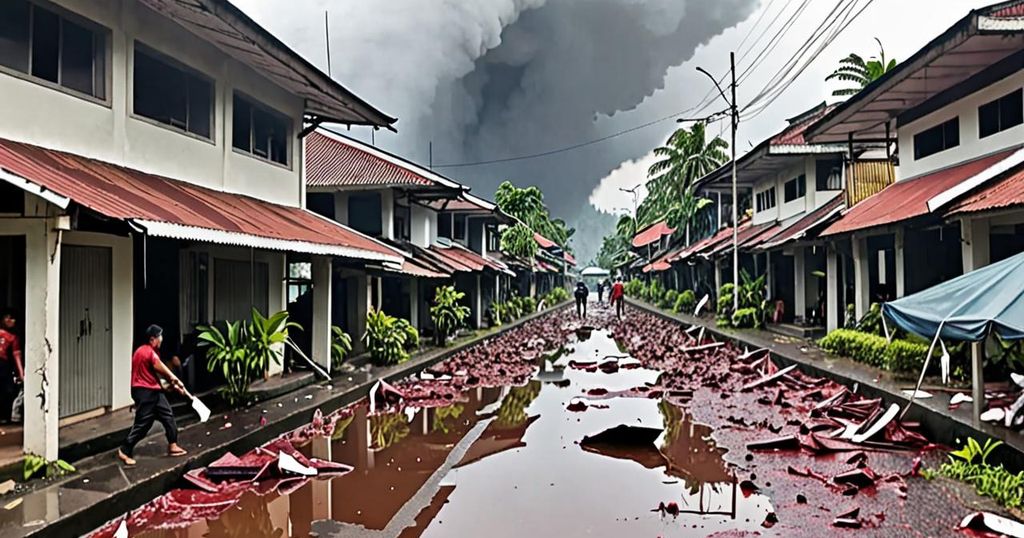The global football community, known for its passionate and devoted fan base, is currently facing a troubling situation in Indonesia. Incidents of violence and fan brutality have reached alarming levels, casting a negative light on the country as Asia’s most violent football nation. The recent tragic death of 23-year-old Persija Jakarta fan, Haringga Sirla, at the hands of supporters of arch-rival Persib Bandung, has once again highlighted the deeply rooted issue of hooliganism in this Southeast Asian country.
The brutal murder, captured on a shaky mobile phone footage and widely shared on social media, serves as a grim reminder of the grim reality faced by Indonesian football fans. The use of rocks, sticks, and planks as weapons during the attack outside Bandung’s main stadium has reignited the debate on the persistent problem of football-related violence. Shockingly, according to data from football watchdog Save Our Soccer, Sirla was the 70th Indonesian football fan to die in match-related violence since 1994, averaging about three deaths annually.
The historical rivalry between Persib Bandung and Persija Jakarta has long been associated with violence and unrest, to the extent that supporters have been cautioned against attending matches in Bandung, a city located 150 kilometers southeast of the capital. In response to the tragic incident, the Football Association of Indonesia (PSSI) has indefinitely suspended Liga 1, the country’s top-flight league, as a strong reaction to the increasing violence.
Following Sirla’s untimely death, there has been an outpouring of support and condemnation from the public and football authorities. Dex Glenniza, managing editor of the website Pandit Football, has emphasized the urgent need for stricter penalties and greater accountability from the clubs. However, existing efforts to address the issue have shown little impact on curbing the escalating violence.
While fan violence in Indonesia may not be as widespread as in some Latin American countries, it is evident that the situation requires immediate attention and resolution. Yana Umar, the director general of Viking Club Persib (VCP), has acknowledged the deep cultural connections between football teams and the local communities. However, he expressed dismay at the barbarity displayed by the hooligans, emphasizing that human life holds far greater value than the fervor of football.
Despite proposed measures to mitigate hooliganism, with a focus on law enforcement and stadium security, there is skepticism about the effectiveness of these solutions. Analysts, such as Akmal Marhali, have raised concerns about the readiness of Indonesian authorities to effectively address the issue. Marhali emphasizes that clubs with violent supporters must face significant sanctions in order to foster lasting change and deter further violence.
The recent eruption of violence in Indonesian football has sparked a national outcry and prompted demands for action from the country’s sports ministry and President Joko Widodo. As a result, football authorities have pledged to review security procedures and consult with FIFA and the Asian Football Confederation to tackle the escalating crisis. Nonetheless, doubts remain regarding the ability of these efforts to instigate sustainable change and safeguard the lives of football fans.
The crisis of hooligan violence and its devastating implications have cast a long shadow on Indonesian football, adding to the litany of challenges that the sport faces within the country. Addressing this urgent issue requires a concerted and unwavering commitment from all stakeholders involved in Indonesian football if genuine progress and meaningful change are to be realized. The tragic loss of lives and the suffering inflicted on fans demand nothing less than the utmost attention and urgency towards resolving this pressing issue.

Leave a Reply